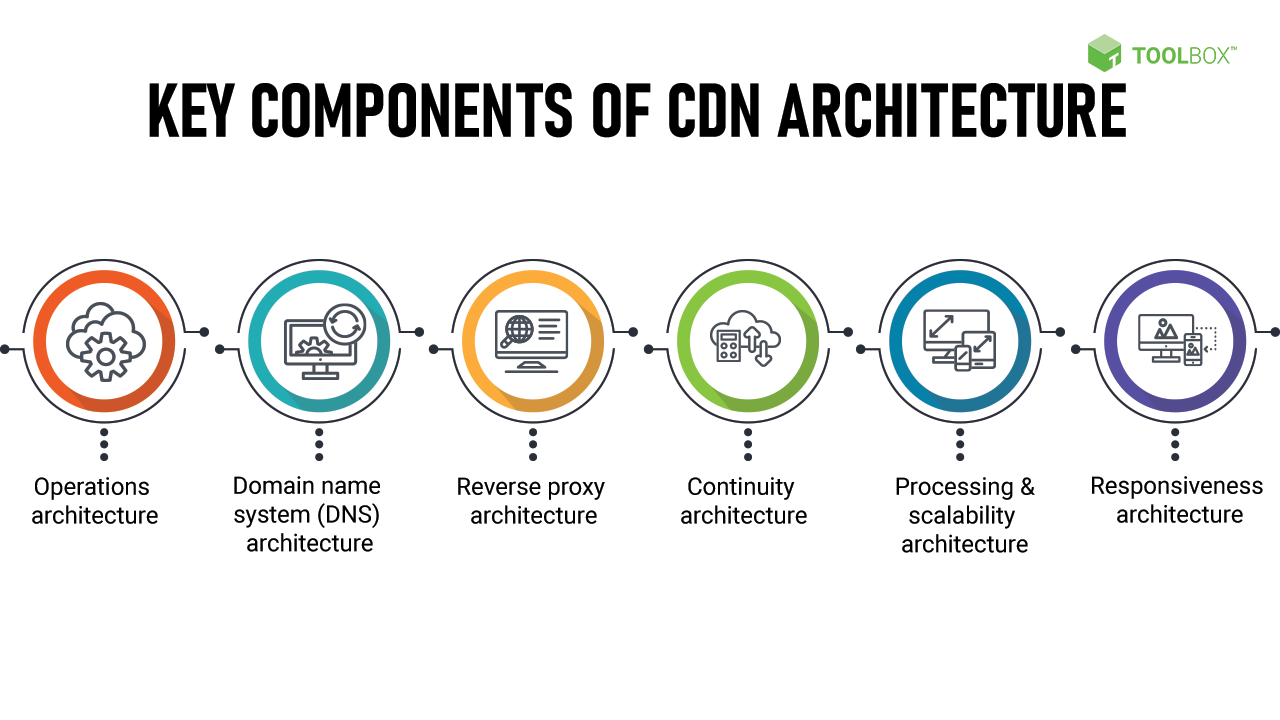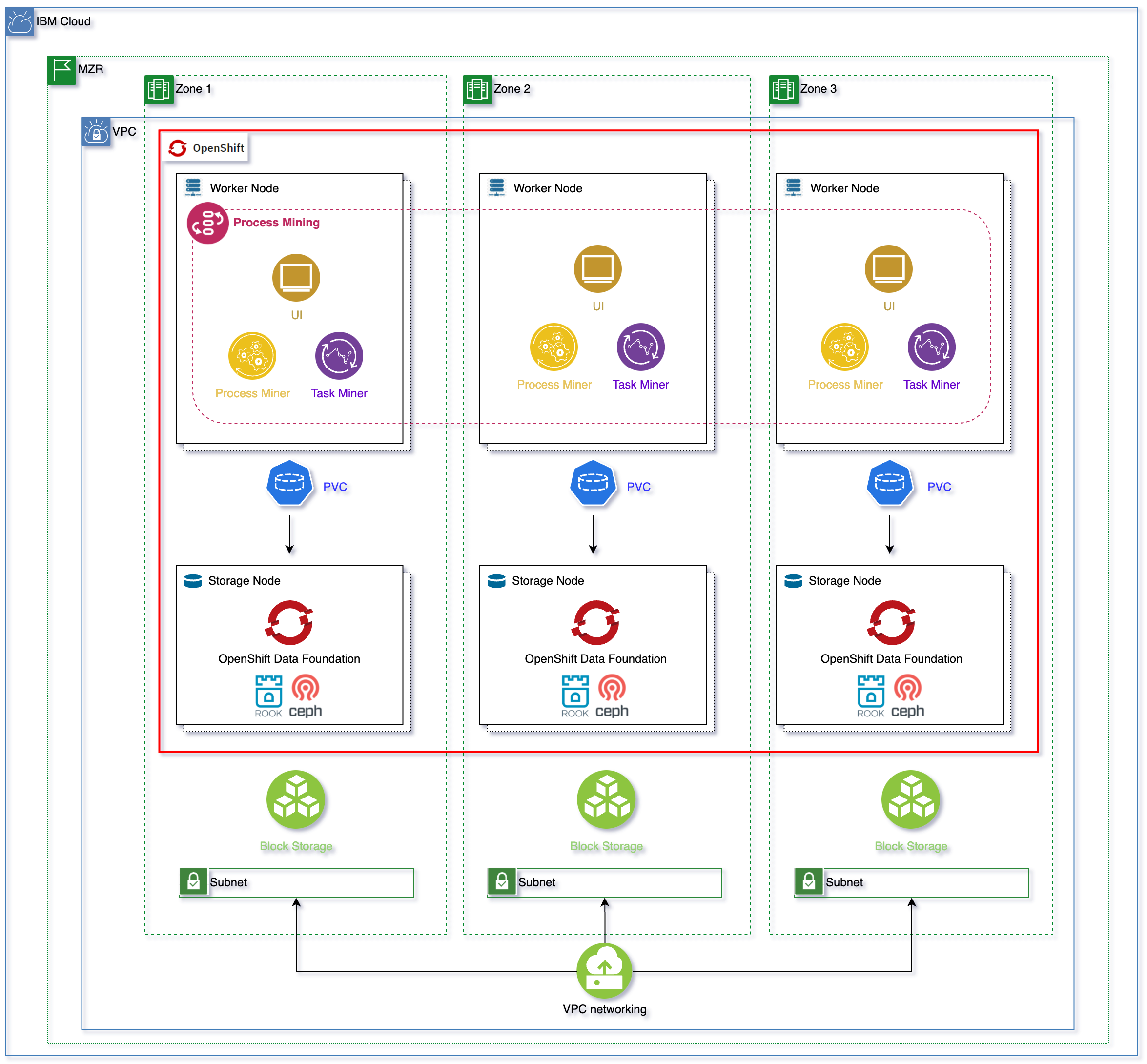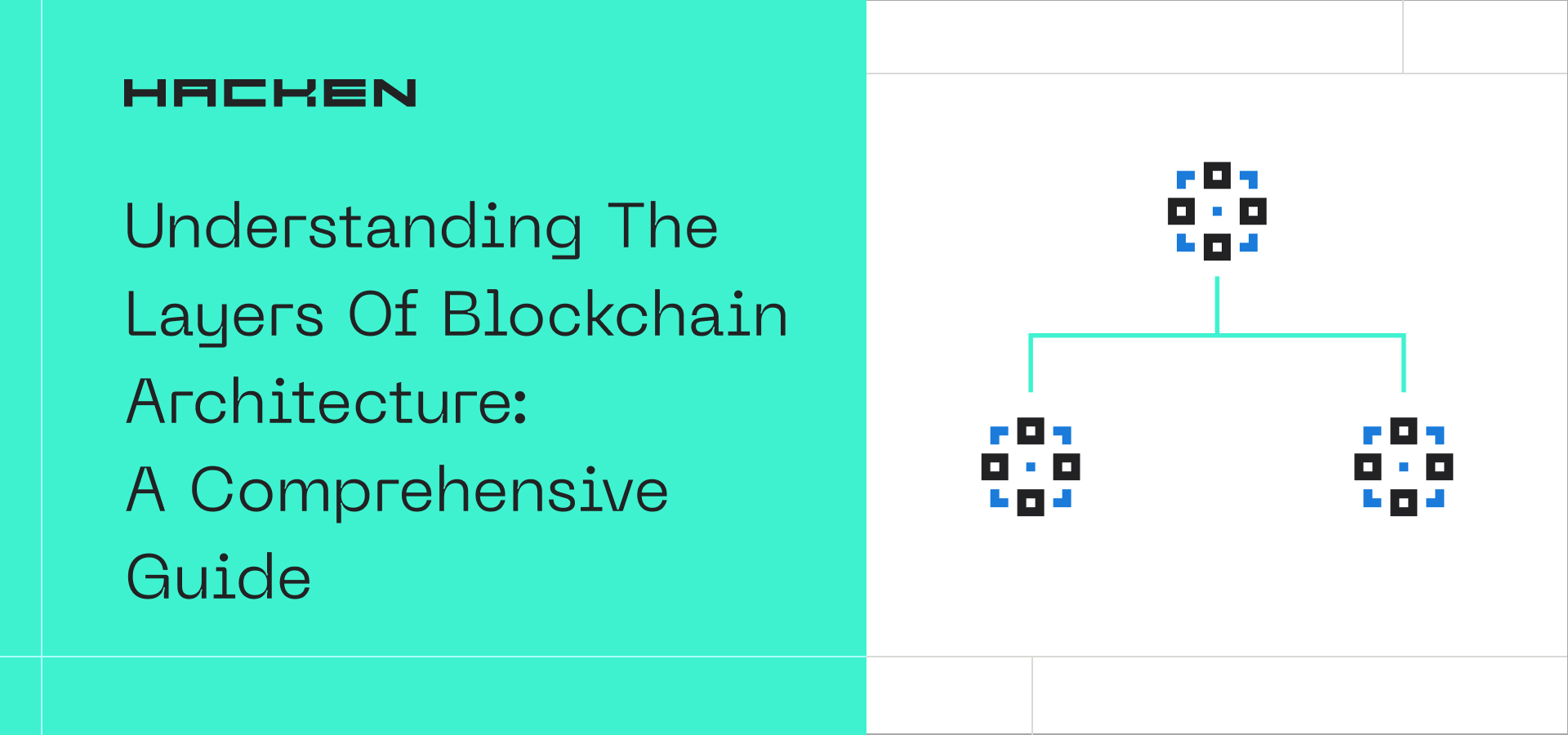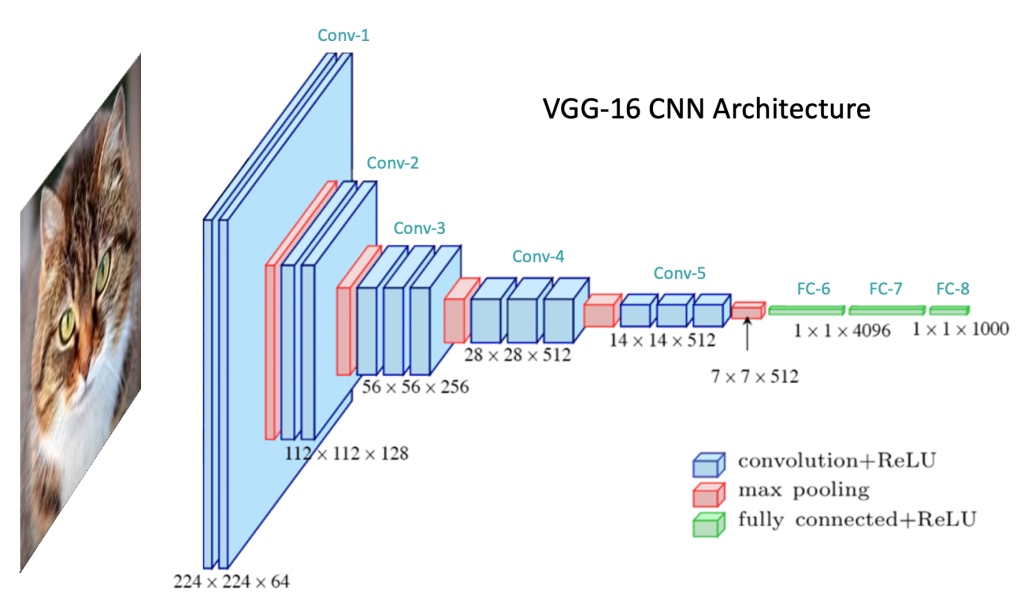The Ultimate Guide to Internet of Things (IoT) Architecture: Everything You Need to Know
Welcome to our comprehensive guide on Internet of Things (IoT) architecture. In this article, we will delve into the intricate details of IoT architecture, exploring its components, functionalities, and the impact it has on various industries. Whether you are a tech enthusiast or a business owner looking to leverage the power of IoT, this guide will provide you with a deep understanding of the underlying structure and principles of IoT architecture.
Understanding IoT Architecture: A Holistic View
The Internet of Things (IoT) architecture is a complex framework that enables the seamless integration of physical and digital systems, connecting devices, networks, and cloud platforms. At its core, IoT architecture allows devices to communicate with each other and exchange data, leading to intelligent decision-making and automation. Let’s explore the different layers of IoT architecture and how they work together to create a connected ecosystem.
The Perception Layer: Sensing the Physical World
In the perception layer, IoT devices and sensors act as the eyes and ears of the system, collecting data from the physical world. These devices can range from simple temperature sensors to advanced cameras and wearables. They gather information about the environment, such as temperature, humidity, motion, and more, and convert it into digital signals that can be processed and analyzed.
The Network Layer: Enabling Seamless Communication
The network layer forms the backbone of IoT architecture, facilitating communication between devices and enabling data transfer. Various communication protocols, such as Wi-Fi, Bluetooth, and cellular networks, ensure seamless connectivity and data exchange. Gateways and routers play a crucial role in routing and managing data traffic, ensuring efficient communication within the IoT ecosystem.
The Cloud Layer: Processing and Storage of Data
The cloud layer serves as the central hub for storing, processing, and analyzing the vast amounts of data generated by IoT devices. Cloud platforms like AWS IoT, Microsoft Azure, and Google Cloud provide scalable infrastructure and services for data storage, real-time analytics, and machine learning. This layer enables businesses to derive valuable insights and make data-driven decisions.
The Application Layer: Leveraging Data for Action
The application layer is where the data collected from IoT devices is transformed into actionable insights. Applications and services built on top of the cloud infrastructure utilize this data to automate processes, optimize operations, and enhance user experiences. Whether it’s a smart home automation system or an industrial monitoring solution, the application layer leverages IoT data to drive efficiency and innovation.
IoT Devices and Sensors: Building Blocks of Connectivity
IoT devices and sensors are the fundamental building blocks of connectivity in IoT architecture. These devices come in various forms, ranging from small, low-power sensors to sophisticated industrial machinery. Let’s explore the different types of IoT devices and sensors and their functionalities:
1. Environmental Sensors
Environmental sensors are designed to measure and monitor various parameters in the surrounding environment. These sensors can detect temperature, humidity, air quality, light intensity, and more. They are widely used in applications such as smart homes, agriculture, and environmental monitoring.
2. Motion and Proximity Sensors
Motion and proximity sensors are used to detect movement or the presence of objects in their vicinity. These sensors are commonly found in security systems, automatic doors, and occupancy detection systems. They enable automation and enhance safety in various environments.
3. Wearable Devices
Wearable devices, such as fitness trackers and smartwatches, are equipped with sensors to monitor vital signs, physical activity, and sleep patterns. These devices enable individuals to track their health and well-being, providing valuable data for personal health management and medical research.
4. Industrial Sensors
Industrial sensors play a crucial role in optimizing processes and ensuring operational efficiency in industries such as manufacturing, logistics, and energy. These sensors monitor parameters like pressure, temperature, vibration, and flow rates, providing real-time data for predictive maintenance and process optimization.
5. Actuators
Actuators are devices that convert digital signals into physical action. They enable control and automation in IoT systems by responding to commands from the cloud or other devices. Actuators can be found in applications like robotics, smart buildings, and industrial automation.
Communication Protocols: Bridging the Gap
Communication protocols play a crucial role in IoT architecture, enabling devices to seamlessly exchange data and communicate with each other. Let’s explore some of the popular protocols used in IoT:
1. MQTT (Message Queuing Telemetry Transport)
MQTT is a lightweight, publish-subscribe messaging protocol that is designed for constrained devices and low-bandwidth networks. It is widely used in IoT applications where devices need to send and receive small packets of data efficiently. MQTT ensures reliable communication even in unreliable network conditions.
2. CoAP (Constrained Application Protocol)
CoAP is a protocol specifically designed for resource-constrained devices, such as those operating on low-power networks or constrained memory. It is built on top of the UDP protocol, making it lightweight and suitable for IoT devices with limited resources. CoAP enables efficient communication and resource discovery in IoT ecosystems.
3. Zigbee
Zigbee is a wireless communication protocol based on the IEEE 802.15.4 standard. It is designed for low-power, low-data-rate applications, making it ideal for IoT devices in smart homes and industrial automation. Zigbee enables reliable communication between devices while consuming minimal power.
4. Bluetooth Low Energy (BLE)
Bluetooth Low Energy, also known as Bluetooth Smart, is a wireless communication protocol designed for short-range communication with low power consumption. BLE is commonly used in IoT applications where devices need to connect and communicate with smartphones, wearables, and other Bluetooth-enabled devices.
Edge Computing: Empowering Real-Time Decision-Making
Edge computing is a paradigm that brings computation and data storage closer to the source of data generation, reducing latency and enabling real-time decision-making. Let’s explore how edge computing empowers IoT architecture:
1. Local Data Processing
Edge devices, such as gateways and edge servers, have computational capabilities that allow them to process data locally, without relying solely on cloud resources. This local processing enables faster response times and reduces the need for continuous data transfer to the cloud, especially in time-sensitive applications.
2. Real-Time Analytics
Edge computing enables real-time analytics by processing data at the edge of the network. This allows organizations to derive immediate insights from IoT data, enabling faster decision-making and response to critical events. Real-time analytics at the edge is particularly important in applications such as autonomous vehicles, industrial automation, and smart cities.
3. Bandwidth Optimization
By performing data filtering and aggregation at the edge, edge computing reduces the amount of data that needs to be transmitted to the cloud. This optimization helps overcome bandwidth limitations and reduces the cost of transmitting and storing large volumes of data. It also enables organizations to focus on sending only relevant data to the cloud for further analysis.
4. Offline Operation
Edge devices can continue to operate even when there is no internet connectivity or during network outages. This offline operation ensures that critical processes and functionalities remain intact, providing resilience and reliability in IoT applications. Edge computing enables local decision-making and execution, reducing dependence on constant internet connectivity.
Cloud Platforms: The Backbone of IoT Infrastructure
Cloud platforms provide the necessary infrastructure and services for storing, processing, and managing the vast amounts of data generated by IoT devices. Let’s explore some popular cloud platforms used in IoT architecture:
1. AWS IoT
Amazon Web Services (AWS) provides a comprehensive IoT platform called AWS IoT. It offers scalable and secure cloud services for device management, data ingestion, storage, and analytics. AWS IoT also provides integration with other AWS services, enabling seamless development and deployment of IoT applications.
2. Microsoft Azure IoT
Microsoft Azure IoT is a cloud platform that provides a wide range of services for building and managing IoT solutions. It offers capabilities for device connectivity, data ingestion, real-time analytics, and machine learning. Azure IoT integrates with other Microsoft Azure services, providing a robust ecosystem for developing end-to-end IoT applications.
3. Google Cloud IoT
Google Cloud IoT is a suite of cloud services designed to enable secure and scalable IoT deployments. It offers features for device management, data processing, and analytics. Google Cloud IoT integrates with other Google Cloud services, providing a seamless environment for developing and deploying IoT applications on the Google Cloud platform.
Data Analytics and Machine Learning: Extracting Insights
Data analytics and machine learning techniques play a crucial role in extracting valuable insights from the vast amounts of data generated by IoT devices. Let’s explore how these technologies are employed in IoT architecture:
1. Predictive Maintenance
Predictive maintenance uses machine learning algorithms to analyze data from IoT devices and predict when equipment is likely to fail or require maintenance. By detecting patterns and anomalies in sensor data, organizations can proactively schedule maintenance activities, minimizing downtime and reducing costs.
2. Anomaly Detection2. Anomaly Detection
Anomaly detection leverages machine learning algorithms to identify unusual patterns or behaviors in IoT data. By establishing a baseline of normal behavior, any deviations or anomalies can be flagged, indicating potential issues or threats. Anomaly detection is particularly useful in security and predictive maintenance applications.
3. Real-Time Analytics
Real-time analytics is crucial in IoT architecture for making immediate decisions based on streaming data. Machine learning models can be deployed at the edge or in the cloud to analyze incoming data in real-time, enabling organizations to respond quickly to changing conditions or events. Real-time analytics is essential for applications such as traffic management, smart grids, and supply chain optimization.
4. Pattern Recognition
Pattern recognition algorithms are used to identify meaningful patterns and trends in IoT data. By analyzing historical data, machine learning models can identify correlations and dependencies that can be used for forecasting and optimization. Pattern recognition is valuable in applications such as demand forecasting, energy optimization, and personalized marketing.
5. Cognitive Computing
Cognitive computing combines machine learning, natural language processing, and other AI techniques to enable systems to understand, reason, and learn from data. In IoT architecture, cognitive computing can be used to build intelligent assistants, chatbots, and recommendation systems that can interact with users and provide personalized experiences.
Security and Privacy: Safeguarding the IoT Ecosystem
Ensuring security and privacy in the IoT ecosystem is of utmost importance to protect devices, networks, and sensitive data. Let’s explore the challenges and best practices associated with IoT security:
1. Encryption
Encryption is a fundamental security measure that protects data by converting it into an unreadable format. IoT devices should employ strong encryption algorithms to secure data in transit and at rest. End-to-end encryption ensures that data remains confidential and cannot be intercepted or tampered with.
2. Authentication and Access Control
Authentication mechanisms, such as passwords, certificates, and biometrics, ensure that only authorized individuals or devices can access the IoT system. Access control policies should be implemented to restrict privileges and prevent unauthorized access or malicious activities. Multi-factor authentication adds an extra layer of security by requiring multiple forms of identification.
3. Secure Firmware and Software Updates
IoT devices should have mechanisms in place to securely update firmware and software to patch vulnerabilities and ensure the latest security measures are implemented. Updates should be signed and verified to prevent unauthorized modifications. Over-the-air updates enable remote and secure distribution of patches and updates.
4. Network Segmentation
Segmenting the IoT network into different zones or subnets helps isolate critical devices and restrict unauthorized access. Network segmentation prevents lateral movement and contains potential security breaches. Firewalls and intrusion detection systems can be employed to monitor and control network traffic between segments.
5. Data Privacy and Consent
Organizations collecting and processing IoT data must adhere to privacy regulations and obtain user consent where applicable. Data anonymization techniques can be employed to remove personally identifiable information and protect user privacy. Transparent privacy policies and informed consent mechanisms build trust and ensure compliance.
Industry Applications: Transforming Various Sectors
The impact of IoT architecture spans across various industries, transforming the way businesses operate and improving efficiency. Let’s explore some key industry applications of IoT architecture:
1. Healthcare
In healthcare, IoT architecture enables remote patient monitoring, smart medical devices, and efficient asset management. Connected wearables and sensors can monitor vital signs, medication adherence, and provide real-time data to healthcare professionals. IoT-powered telemedicine solutions enable virtual consultations and remote healthcare delivery.
2. Manufacturing
IoT architecture revolutionizes manufacturing by enabling real-time monitoring and optimization of production processes. Connected sensors and devices gather data on machine performance, product quality, and supply chain logistics. This data can be used for predictive maintenance, inventory management, and process optimization, leading to improved productivity and reduced costs.
3. Transportation and Logistics
In the transportation and logistics sector, IoT architecture enhances fleet management, asset tracking, and route optimization. Connected vehicles and sensors provide real-time data on vehicle location, fuel consumption, and driver behavior. This data enables efficient route planning, predictive maintenance, and improved supply chain visibility.
4. Agriculture
IoT architecture plays a vital role in precision agriculture, enabling farmers to optimize resource usage and improve crop yields. Connected sensors monitor soil moisture, temperature, and nutrient levels, providing valuable insights for irrigation and fertilization. Smart farming solutions enable remote monitoring and control of farm operations, improving productivity and sustainability.
5. Smart Cities
IoT architecture is instrumental in building smart cities that are sustainable, efficient, and citizen-centric. Connected sensors and devices enable intelligent traffic management, waste management, and energy optimization. IoT-powered solutions enhance public safety, enable smart grid networks, and improve the overall quality of life in urban areas.
Future Trends and Innovations in IoT Architecture
The world of IoT architecture is constantly evolving, with new trends and innovations shaping its future. Let’s explore some exciting developments on the horizon:
1. 5G Connectivity
The rollout of 5G networks promises faster speeds, lower latency, and increased capacity, making it a game-changer for IoT architecture. 5G connectivity will enable real-time applications, massive IoT deployments, and support for mission-critical services. It will pave the way for innovations such as autonomous vehicles, smart cities, and immersive augmented reality experiences.
2. Edge AI
Edge AI combines edge computing with artificial intelligence, bringing machine learning capabilities to edge devices. This allows for faster decision-making and reduced reliance on cloud resources. Edge AI enables intelligent devices that can process data locally, improving response times and privacy while conserving network bandwidth.
3. Blockchain Integration
Blockchain technology has the potential to enhance the security and transparency of IoT architecture. By providing a decentralized and tamper-proof ledger, blockchain can secure transactions, ensure data integrity, and enable trusted interactions between IoT devices. Blockchain integration in IoT architecture can enable secure supply chain management, asset tracking, and identity verification.
4. Edge-to-Cloud Continuum
The future of IoT architecture will involve a seamless continuum between edge computing and the cloud. Data processing and analytics will be distributed across the edge, fog, and cloud layers, depending on the requirements of the application. This continuum will enable organizations to leverage the strengths of both edge computing and cloud resources, optimizing performance and scalability.
Challenges and Limitations of IoT Architecture
While IoT architecture holds immense potential, it also faces several challenges and limitations that need to be addressed. Let’s explore some of the key challenges:
1. Interoperability
The lack of standardized protocols and interoperability among different IoT devices and platforms poses a significant challenge. Ensuring seamless communication and data exchange between devices from different manufacturers is crucial for the widespread adoption of IoT architecture.
2. Scalability
As the number of IoT devices and the volume of generated data continue to grow, scalability becomes a critical concern. IoT architecture should be able to handle the massive scale of deployments and ensure efficient data management, processing, and analytics.
3. Data Privacy and Security
Ensuring the privacy and security of IoT data is a major challenge. With the proliferation of interconnected devices, there is an increased risk of data breaches and unauthorized access. Robust security measures, including encryption, authentication, and access control, must be implemented to protect sensitive data.
4. Energy Efficiency
IoT devices often operate on limited battery power or in remote locations where recharging is challenging. Energy-efficient design and optimization techniques are essential to prolong the battery life of IoT devices and reduce the overall energy consumption of the IoT ecosystem.
5. Ethical and Legal Considerations
The collection and use of personal data by IoT devices raise ethical and legal concerns. Organizations must adhere to privacy regulations and obtain user consent for data collection and processing. Transparent data handling practices and clear privacy policies are necessary to build trust and ensure compliance.
In conclusion, IoT architecture forms the foundation of the interconnected world, enabling seamless communication, data exchange, and intelligent decision-making. By understanding the layers, components, and functionalities of IoT architecture, businesses and individuals can harness its power to drive innovation, improve efficiency, and transform various industries. As technology continues to evolve, addressing the challenges and embracing future trends will be crucial for unlocking the full potential of IoT architecture.
Remember, IoT architecture is not just a buzzword, but a transformative force that has the potential to reshape the way we live and work. Embrace the possibilities and embark on an exciting journey into the world of IoT architecture!









